Cotton
Cotton is one of the most important fiber and cash crops, playing a pivotal role in the industrial and agricultural economy of the country
It is primarily cultivated for its fiber, which is widely used in the production of cloth. Additionally, cotton serves various other purposes, such as producing threads for blending with other fibers and extracting oil from cotton seeds. These diverse applications make cotton a high-value industrial crop, providing substantial financial returns to growers.
Cotton is a soft, staple fiber that develops in a structure known as a boll surrounding the seeds of the cotton plant (Gossypium species), a shrub native to tropical and subtropical regions worldwide. Successful cotton cultivation requires a long frost-free period and abundant sunlight.


The Role of Elements
Potassium (K)
- Potassium is one of the most essential nutrients, playing a critical role in maintaining improved rankings and enhancing quality specifications in plants. Its key benefits include:
- Increasing the opening of flowers and bolls, resulting in larger sizes and earlier maturity.
- Producing high-quality fiber.
- Reducing pests and enhancing plant resistance to fungal diseases.
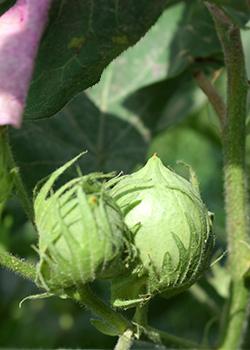
Phosphorus (P)
- Improving plant growth and yield.
- Enhancing root growth and distribution.
- Increasing tillering and the number of flowers and bolls in the plant.
- Boosting seed weight and size.
- Increasing protein and fat content in seeds.
- Promoting early crop maturity.
- Helping plants adapt to environmental stress.
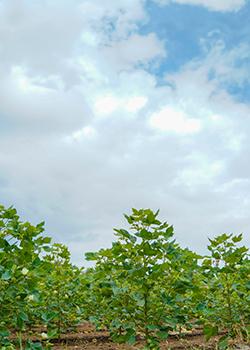
Calcium (Ca)
- Strengthening growth and root systems.
- Increasing the percentage of flowering and boll set.
- Being essential for the formation of flowers.
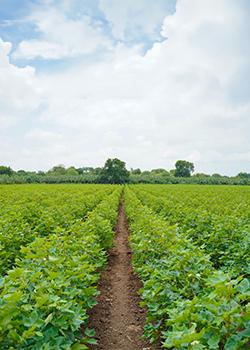
Deficiency Symptoms
Potassium (K)
- Reduced vegetative growth.
- As the deficiency progresses, leaves turn yellowish-brown and fall.
- Stem growth and lateral branches stop.
- Boll growth and opening cease, leading to reduced yield and fiber quality.
- Plants become more vulnerable to insect infestations and fungal diseases.
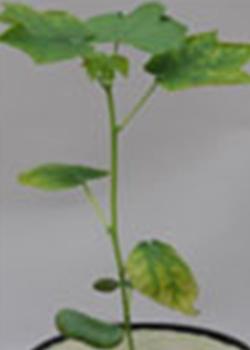
Phosphorus (P)
- Reduced plant growth and low yield.
- Low flowering and fewer bolls on the plant.
- The plant becomes less able to withstand environmental stress.
- Increased susceptibility to fungal diseases.
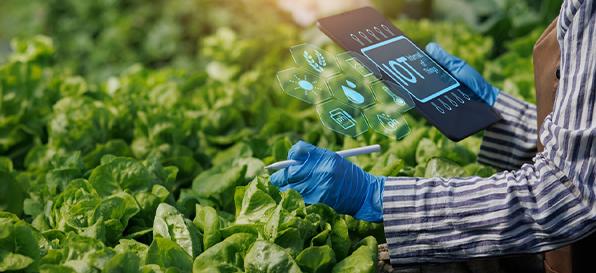
Calcium (Ca)
- Dryness of shoots, tips, and roots.
- Dead spots appear on the leaves.
- Poor flowering and boll set.
- The tops of the leaves take on a hook-like shape.
- Deformation of young leaves.

